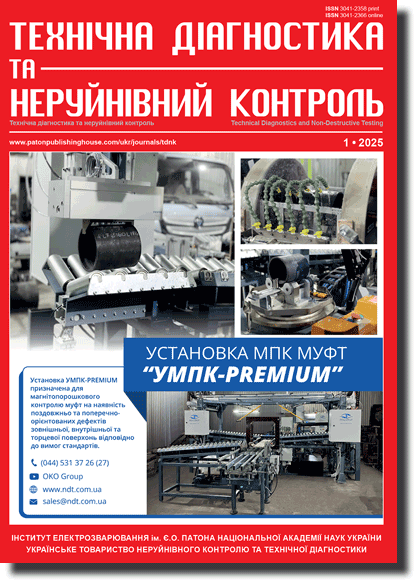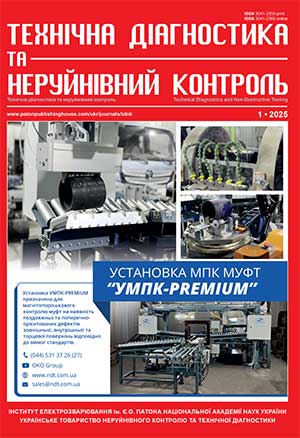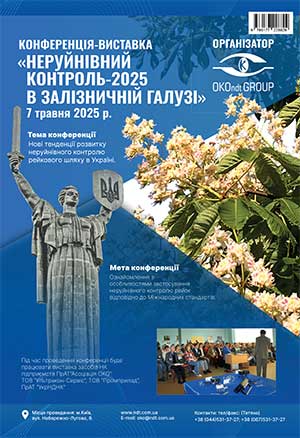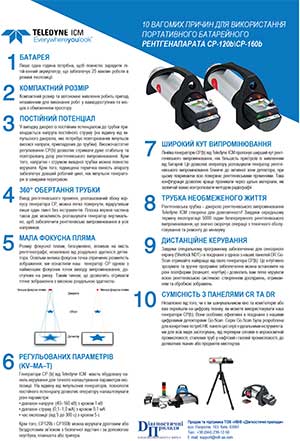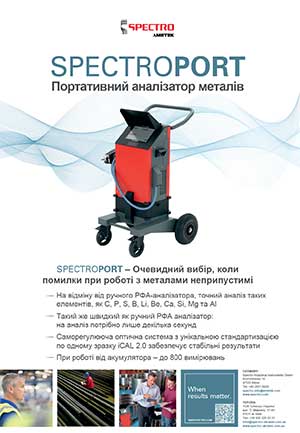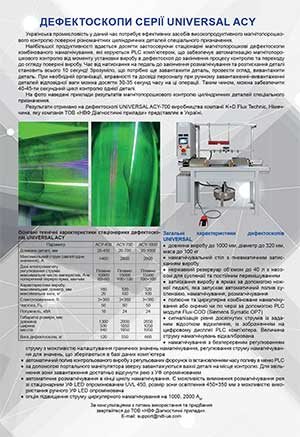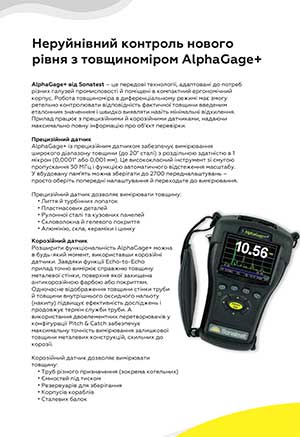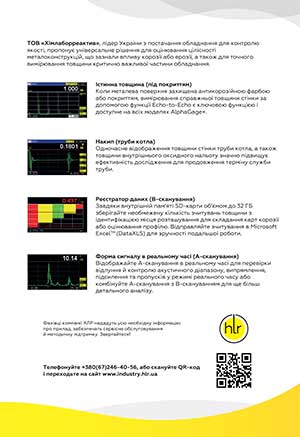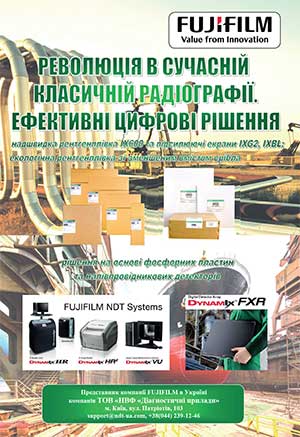| 2025 №01 (06) |
DOI of Article 10.37434/tdnk2025.01.07 |
2025 №01 (01) |
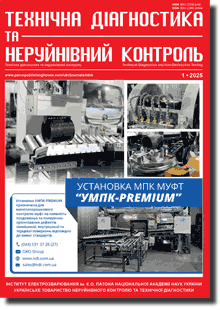
"Tekhnichna Diahnostyka ta Neruinivnyi Kontrol" (Technical Diagnostics and Non-Destructive Testing) #1, 2025, pp. 37-46
Analysis of the requirements of international standards regarding capillary control technologies for metal production
Yu.M. Posypaiko, S.A. Shchupak
E.O. Paton Electric Welding Institute of the NAS of Ukraine 11 Kazymyr Malevych Str., 03150, Kyiv, Ukraine. E-mail: posypaiko.yurii@gmail.comThe process of harmonization of European Union standards in Ukraine, which began in the 2000s, led to appearance of about a hundred new regulatory and technical documents in the field of non-destructive quality control of metal products and the cancellation of previously valid ones. The standardization system in Ukraine is characterized by a certain closedness: lack of official texts of standards in the Ukrainian language, paid access to the standards base, sometimes lack of any texts of officially accepted documents. This led to insufficient awareness of specialists regarding the requirements of current standards. This article analyzes the main requirements and provisions of international standards in the field of capillary control, one of the frequently used types of non-destructive testing, which is conducted to detect discontinuities such as cracks, films, folds, porosity and junctions, which appear on the surface of the tested material. This testing is mainly applied to metallic materials, but it can also be used to control other materials, provided that they are inert to the influence of flaw detection materials and are not too porous (castings, forgings, welds, ceramics, etc.).15 Ref., 2 Tabl., 3 Fig.
Keywords: non-destructive testing, capillary testing, standards, requirements, penetrant, cleaner, developer, sensitivity, equipment
Received: 02.12.2024
Received in revised form: 10.01.2025
Accepted: 15.03.2025
References
1. EN ISO 3452-1:2021 Non-destructive testing — Penetrant testing — Part 1: General principles.2. EN ISO 3452-2:2021 Non-destructive testing — Penetrant testing — Part 2: Testing of penetrant materials.
3. EN ISO 3452-3:2021 Non-destructive testing – Penetrant testing – Part 3: Reference test blocks.
4. EN ISO 3452-4:2020 Non-destructive testing – Penetrant testing – Part 4: Equipment.
5. EN ISO 3452-5:2014 Non-destructive testing – Penetrant testing – Part 5: Penetrant testing at temperatures higher than 50 degrees C.
6. EN ISO 3452-6:2014 Non-destructive testing – Penetrant testing – Part 6: Penetrant testing at temperatures lower than 10 degrees C.
7. EN ISO 12706:2009 Non-destructive testing – Penetrant testing – Vocabulary.
8. EN ISO 9712:2022 Non-destructive testing – Qualification and certification of NDT personnel.
9. EN ISO 3059:2012 Non-destructive testing – Penetrant and magnetic particle testing – Viewing conditions.
10. EN ISO 23277:2009 Non-destructive testing of welds – Penetrant testing of welds – Acceptance levels.
11. ISO 4987:2010 Steel casting – Liquid penetrant inspection.
12. EN 1371-1:2011 Founding – Liquid penetrant testing – Part 1: Sand, gravity die and lov pressure die castings.
13. EN 1371-2:2015 Founding – Liquid penetrant inspection – Part 2: Investment castings.
14. EN 10228-2:2016 Non-destructive testing of steel forgings — Part 2: Penetrant testing .
15. EN ISO 10893-4:2011 Non-destructive testing of steel tubes — Part 4: Liquid penetrant inspection of seamless and welded steel tubes for the detection of surface imperfections.
Advertising in this issue:
To order the electronic version of the paper:
Yu.M. Posypaiko, S.A. ShchupakAnalysis of the requirements of international standards regarding capillary control technologies for metal production
Technical Diagnostics and Non-Destructive Testing №01 2025 p.37-46
The cost of article (pdf): 13 $, 12 €, 150 UAH (1 copy. )
fill in the form below:
The cost of subscription/purchase order journals or individual articles
| Journal/Currency | Annual Set | 1 issue printed |
1 issue |
one article |
| TPWJ/USD | 384 $ | 32 $ | 26 $ | 13 $ |
| TPWJ/EUR | 348 € | 29 € | 24 € | 12 € |
| TPWJ/UAH | 7200 UAH | 600 UAH | 600 UAH | 280 UAH |
| AS/UAH | 1800 UAH | 300 UAH | 300 UAH | 150 UAH |
| AS/USD | 192 $ | 32 $ | 26 $ | 13 $ |
| AS/EUR | 180 € | 30 € | 25 € | 12 € |
| SEM/UAH | 1200 UAH | 300 UAH | 300 UAH | 150 UAH |
| SEM/USD | 128 $ | 32 $ | 26 $ | 13 $ |
| SEM/EUR | 120 € | 30 € | 25 € | 12 € |
| TDNK/UAH | 1200 UAH | 300 UAH | 300 UAH | 150 UAH |
| TDNK/USD | 128 $ | 32 $ | 26 $ | 13 $ |
| TDNK/EUR | 120 € | 30 € | 25 € | 15 € |
AS = «Automatic Welding» - 6 issues per year;
TPWJ = «PATON WELDING JOURNAL» - 12 issues per year;
SEM = «Electrometallurgy Today» - 4 issues per year;
TDNK = «Technical Diagnostics and Non-Destructive Testing» - 4 issues per year.





